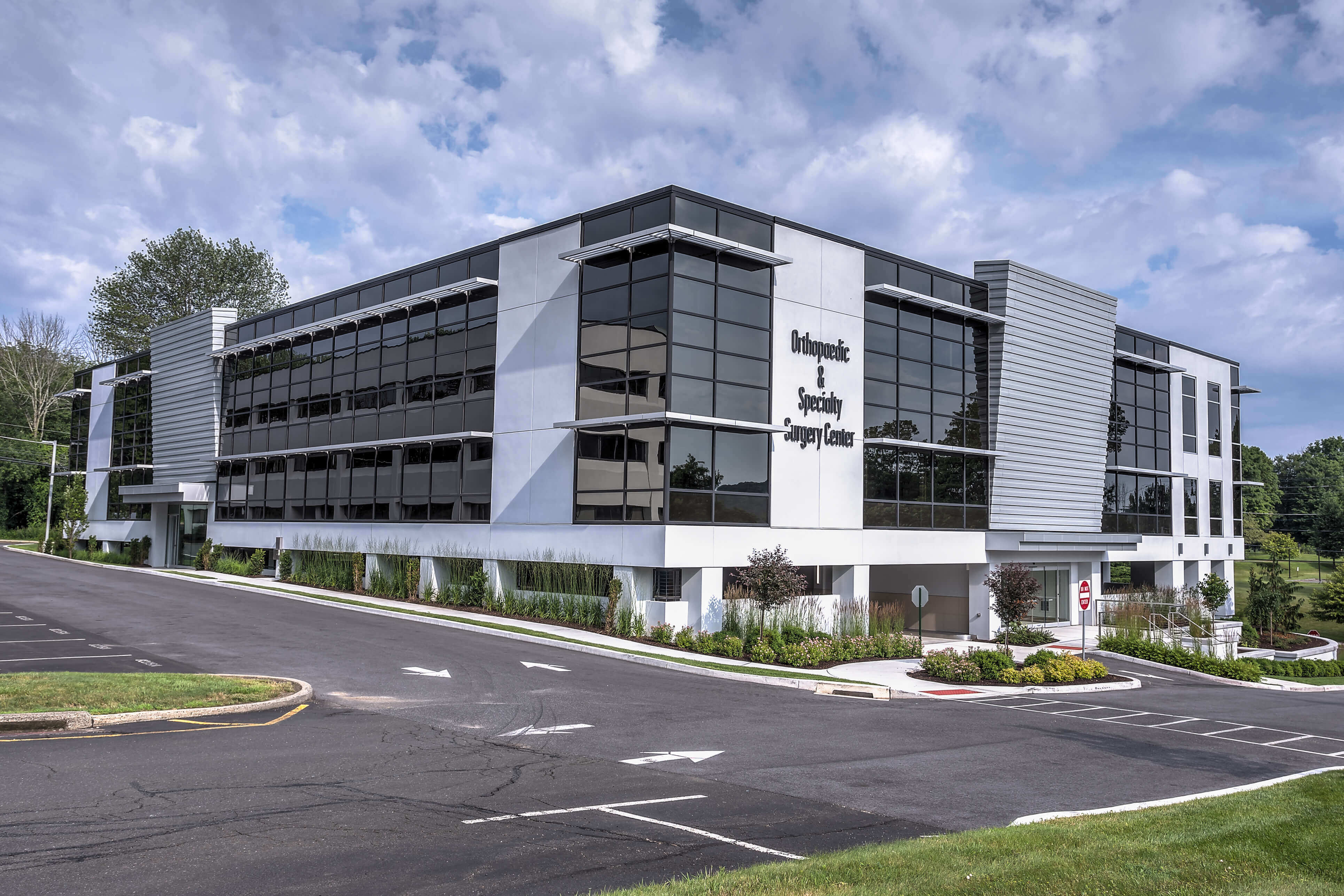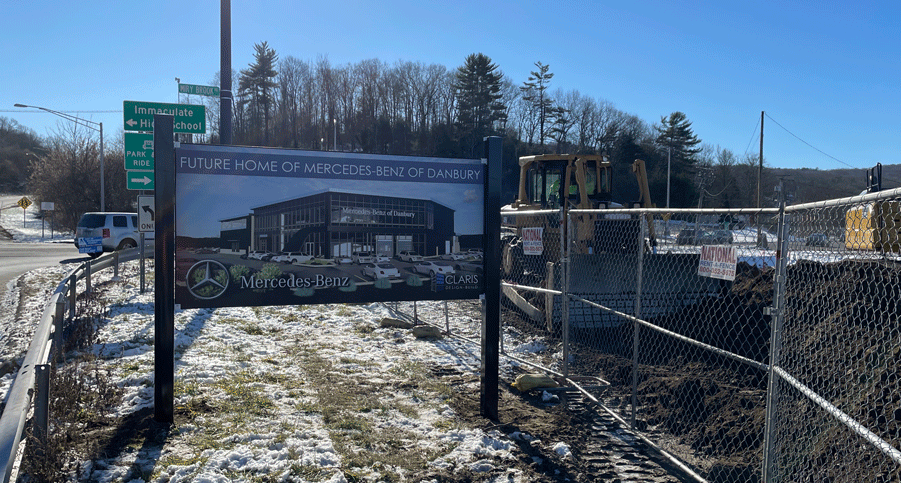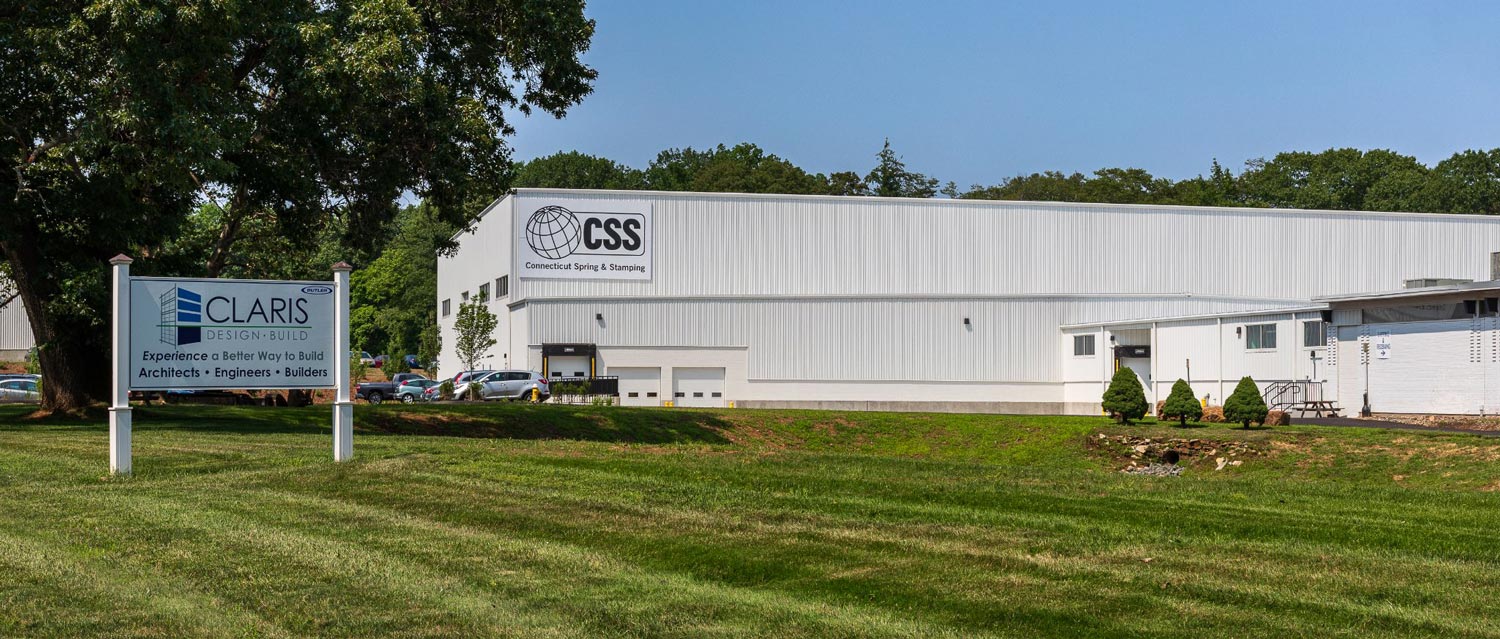Sustainable construction is becoming a game-changer in the building industry, offering benefits beyond reducing environmental impact. This approach supports the planet and enhances the health and well-being of individuals and communities. Discover how embracing sustainable construction can significantly impact our world and future.
1. Enhances Health and Well-being
Eco-friendly construction isn't just about making buildings with little environmental harm. It's a creative way of designing buildings that better the health of people and their building methods. This approach to building focuses on creating environments that benefit both people and the planet.
Improved Air Quality: Sustainable buildings often include better ventilation and use materials that release fewer toxins, leading to cleaner indoor air.
Natural Light Access: Large windows and skylights in sustainable construction allow more natural light, reducing eye strain and boosting vitamin D levels.
Noise Reduction: Green buildings are designed to minimize outside noise, creating a quieter and more peaceful living space.
Temperature Control: Eco-friendly buildings maintain comfortable temperatures using less energy, thanks to better insulation and design.
Access to Green Spaces: Many sustainable construction projects include gardens or green roofs, providing physical activity and relaxation spaces.
2. Minimizes Environmental Impact
Sustainable construction aims to reduce the negative environmental effects of buildings. This method of building involves using resources wisely and protecting our planet.
Recycling Construction Materials: Sustainable construction involves using recycled materials, which helps reduce waste in landfills.
Energy-Efficient Equipment: Using machinery that consumes less energy decreases the pollution created during construction.
Sustainable Water Use: Green building practices include systems for collecting and reusing rainwater, reducing the demand for local water sources.
Less Land Disruption: Sustainable construction methods are designed to protect the land, prevent soil erosion, and preserve natural habitats.
Eco-friendly Materials: Choosing materials less harmful to the environment, like bamboo or recycled steel, reduces the pollution from producing and transporting building supplies.
3. Economic Growth and Job Creation
Sustainable construction benefits the environment and boosts the economy by creating jobs. The latest information from the Indian Green Building Council (IGBC) and experts in the field shows that using sustainable construction methods has greatly increased the need for specialized skills in construction.
Increased Demand for Green Jobs: Sustainable construction requires skilled workers, such as green architects and sustainability consultants, and job opportunities in these areas are increasing.
Supporting Local Businesses: Projects often use locally sourced materials, which helps local suppliers and small businesses grow.
Attracting Investment: Areas with sustainable buildings can attract companies and investors interested in green living and working environments, boosting the local economy.
Enhancing Property Value: Energy-efficient and environmentally friendly buildings often have higher market values, benefiting both property owners and the community.
Long-term Savings: Sustainable construction can lower energy and maintenance costs, allowing businesses to save money and invest in other areas.
4. Enhancing Cost-Efficiency Over Time
Sustainable construction is not just about being eco-friendly; it also helps save money in the long run. This approach to building focuses on reducing costs through efficient use of resources.
Energy Savings: Buildings designed sustainably use less electricity and heating, due to solar panels, better insulation, and efficient heating and cooling systems.
Water Conservation Sustainable construction includes rainwater harvesting and efficient plumbing fixtures, which reduce water bills.
Reduced Maintenance Costs Eco-friendly materials and designs used in sustainable construction are often more durable and require less maintenance, saving money over time.
Government Incentives Many regions offer tax benefits, grants, or rebates for sustainable building projects, lowering the initial financial burden.
Increased Occupancy Rates Energy-efficient buildings are more attractive to tenants and buyers, leading to higher occupancy rates and steady rental income for property owners.
5. Lowering Material and Construction Costs
Sustainable construction helps reduce the costs associated with building materials and construction processes. Contrary to popular opinion, building green buildings cost only about 2% more. However, when you consider the entire lifecycle, sustainable construction is cheaper, saving an average of 14% to 19% in operating costs.
Use of Recycled Materials Sustainable construction often uses recycled or reclaimed materials, typically cheaper than new ones.
Durability of Sustainable Materials Materials used in green buildings are selected for durability and longevity, reducing the need for frequent replacements and repairs.
Efficient Use of Resources Sustainable construction practices aim to use materials more efficiently, reducing waste and the overall quantity of materials needed.
Bulk Buying and Economies of Scale As demand for sustainable materials grows, bulk purchasing can lead to cost savings for construction projects.
Local Sourcing of Materials Using locally sourced materials can reduce transportation costs and support the local economy, lowering overall construction costs.
6. Reduction of Carbon Emissions
Sustainable construction plays a key role in reducing the carbon emissions associated with the building industry. Focusing on green building practices significantly lowers the carbon footprint of construction projects.
Energy-Efficient Building Design Sustainable construction includes designs that maximize natural light and ventilation, reducing the need for artificial lighting and air conditioning thus lowering carbon emissions.
Use of Renewable Energy: Incorporating solar panels, wind turbines, and other renewable energy sources in buildings reduces reliance on fossil fuels, directly cutting carbon emissions.
Sustainable Material Choices Opting for materials with lower carbon footprints, such as bamboo, recycled metal, or reclaimed wood, decreases the emissions produced during material manufacturing and transportation.
Green Insulation Options: Sustainable construction uses effective insulation materials with low carbon footprints, reducing energy consumption and greenhouse gas emissions from heating and cooling.
Transportation Efficiency: Minimizing the distance materials need to travel to the construction site helps reduce transportation-related carbon emissions.
7. Promoting Sustainable Community Development
Sustainable construction plays a vital role in fostering community development that is environmentally friendly, socially inclusive, and economically viable. This approach to building helps create communities that are resilient and thriving.
Affordable Housing Solutions: Sustainable construction can provide affordable and energy-efficient housing options, reducing living costs and promoting social inclusion.
Community Engagement and Ownership: Involving business owners in the planning and developing sustainable projects fosters a sense of community ownership and responsibility.
Economic Opportunities through Local Jobs: Sustainable construction projects often generate local employment opportunities, contributing to the community's economic stability.
Educational and Training Programs: Education and training in sustainability practices can empower individuals and promote long-term commercial development.
Inclusive Public Spaces: Designing accessible and multi-use public spaces within sustainable construction projects encourages community interaction and inclusivity.
Why Sustainable Construction Matters
Sustainable construction is becoming increasingly critical due to the significant impact that building and construction activities have on global resources and the environment. The statistics provided by the Supply Chain Sustainability School highlight the extensive resource use and generated waste associated with construction, particularly in countries within the Organisation for Economic Co-operation and Development (OECD).
Energy Consumption: Construction activities in OECD countries account for 25-40% of total energy usage. This high level of energy consumption emphasizes the need for sustainable construction practices that reduce energy demand through efficient building design and operation.
Raw Material Usage: Construction accounts for 30% of raw material consumption, so there is a pressing need to shift towards sustainable construction methods. These methods prioritize using renewable, recycled, and sustainably sourced materials to lessen the strain on natural resources.
Greenhouse Gas Emissions: The sector's 30-40% contribution to global greenhouse gas emissions underlines the urgent need for sustainable construction practices. By adopting green building standards, the construction industry can significantly reduce its carbon footprint, helping to mitigate climate change.
Waste Generation: Construction also generates 30-40% of solid waste, highlighting the importance of sustainable construction in minimizing waste. By recycling, reusing, and reducing waste materials, sustainable construction practices can greatly decrease the amount of waste sent to landfills.
6 Sustainable Construction Methods
Construction companies increasingly adopt sustainable and green building techniques, recognizing their benefits for energy conservation and environmental health. Advances in technology and materials over the last decade have led to more efficient construction practices.
Some of the best sustainable construction methods include:
✔ Minimizing Material Use: Using materials wisely in construction reduces waste and environmental harm.
✔ Waste Management Controls: Proper waste handling, like recycling and sorting, lessens construction's environmental impact.
✔ Building Green Structures: Creating energy-efficient buildings is key to sustainable
construction.
✔ Adaptive Reuse of Buildings: Repurposing old buildings saves resources and reduces material needs.
✔ Conservation-Focused Site Management: Eco-friendly site management practices, like treating water and recycling, help protect the environment.
✔ Energy Conservation: Using energy-smart and recycled materials saves energy in construction.
Build a Greener Future with Claris Design•Build
If you're ready to take the next step in sustainable construction for your commercial project, consider Claris Design•Build. With our expertise in green building practices, we can help transform your vision into reality. Choose Claris Design•Build for a partner that prioritizes sustainability, innovation, and quality in every project. Contact us today to start your sustainable construction journey and make a positive impact on the environment and your bottom line.









